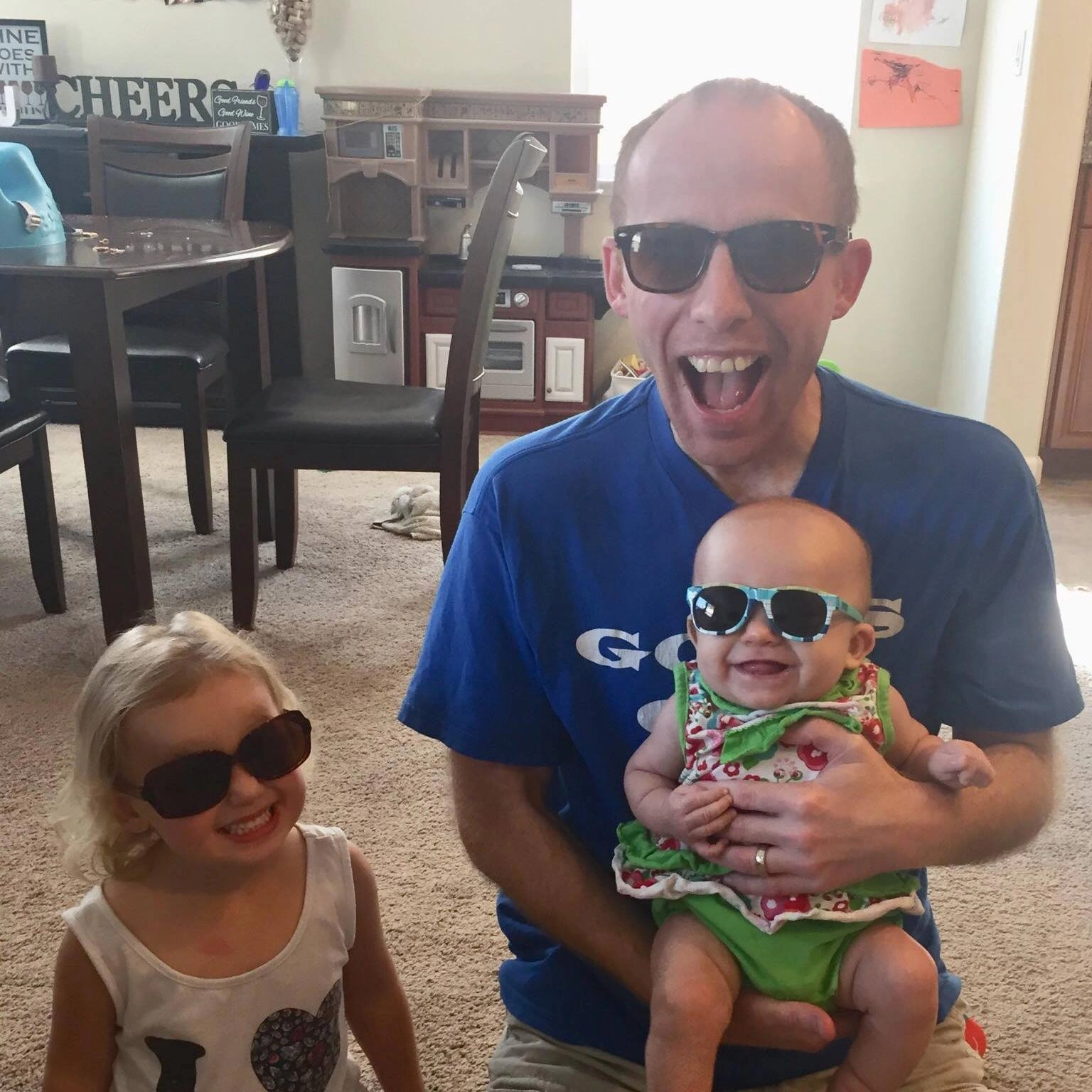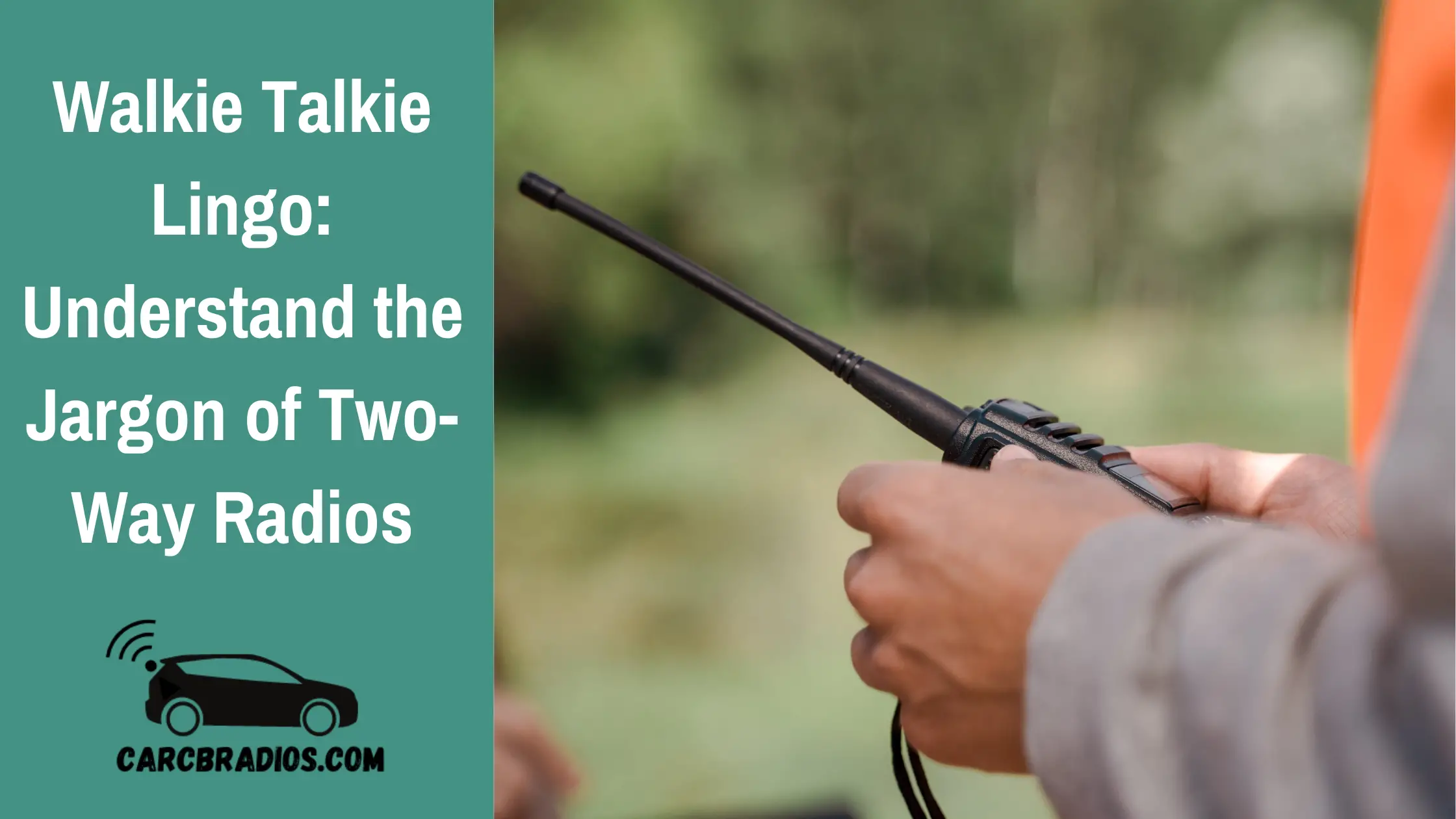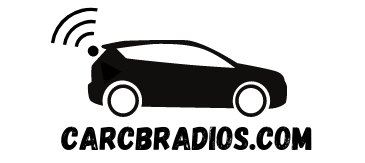By: Jeremy Neisser
As I delve into the topic of walkie talkies, I can't help but wonder about the codes and lingo that are often used in communication. With so many different codes and phrases, it can be overwhelming to know where to start. However, with the right information and guidance, anyone can become proficient in walkie talkie communication.
In this article, I will provide a comprehensive guide to walkie talkie codes and lingo. From standard 10-codes to the phonetic alphabet, we will cover everything you need to know to communicate effectively on a walkie talkie. So, grab your walkie talkie and let's get started!
Key Takeaways
Walkie talkie communication can be made easier with the use of codes and lingo.
Standard 10-codes and the phonetic alphabet are commonly used in walkie talkie communication.
With the right information and guidance, anyone can become proficient in walkie talkie communication.
Copy that, Roger! Your Ultimate Guide to Walkie Talkie Codes
Walkie talkies are an essential communication tool for many people, especially those in the military, law enforcement, and emergency services. Using walkie talkies can be a quick and efficient way to communicate, but sometimes you need to use codes to keep your messages private or to convey information quickly. Here are some common walkie talkie codes that you can use:
Code | Meaning |
10-4 | Message received |
10-9 | Repeat message |
10-20 | Location |
10-33 | Emergency |
10-99 | Officer down |
Remember to use these codes appropriately and only when necessary. Overusing codes can lead to confusion and miscommunication.
You may be interested in: What Channel Should I use on my Walkie Talkie?
Copy that, Roger! Your Ultimate Guide to Walkie Talkie Codes
When using walkie talkies, it's important to speak in a clear and concise manner to avoid any confusion. This is where walkie talkie codes come in handy. These codes are a set of standardized phrases and abbreviations used to convey information quickly and efficiently.
Here are some must-know walkie talkie codes:
"Roger" or "Copy that" means "I understand what you said."
"Affirmative" or "10-4" means "Yes."
"Negative" or "9" means "No."
"Over" means "I have finished speaking and I'm waiting for your response."
"Out" means "I have finished speaking and the conversation is over."
By mastering these codes, you can communicate effectively and efficiently using your walkie talkie. Happy communicating!
You may like: 11 Walkie Talkie Tips for Beginners
Why Use Walkie Talkie Lingo?
Using walkie talkie lingo may seem silly or unnecessary, but it actually serves a very important purpose. Radios don't have the same audio quality as smartphones, so speaking normally can lead to unclear transmissions.
This is especially problematic for people whose lives depend on clear radio communication, such as military personnel, firefighters, and civilian pilots.
By using radio talk codes and the right lingo, you can make your message short and sweet, ensuring that it is received loud and clear. So next time you reach for your walkie talkie, consider using the proper lingo to ensure effective communication.
Standard Walkie Talkie Codes
Start Right
To initiate a conversation, it is important to use the right introduction. The following are some examples:
Come in [Name] (Are you there [Name]?)
Go Ahead (Transmit your message)
Go for [Name] (Acknowledge that "[Name]" wants to contact me and I’m ready to listen)
[Name] Calling [Name] (I, [Name], want to talk with [Name])
[Name], Come In (Are you there [Name]?)
Using a clear and concise introduction will help ensure a smooth conversation.
Back to Basics
Knowing the basic lingo is essential for effective communication. Here are some common codes:
Affirmative (Yes)
Copy (Message understood)
Disregard (Ignore the previous transmission)
Eyes on… (I can see what we’re talking about)
Negative (No)
On It (I’m in the process of doing what you asked)
Roger or Roger That (Message understood)
Stand By (I’m busy at the moment, I’ll call you asap)
What’s Your 20? (Where are you?)
Using these codes will help reduce ambiguity and ensure that the message is conveyed accurately.
Communication Issues
Communication issues can arise from time to time. Instead of repeatedly asking "hello, hello, can you hear me?" try using these codes:
Do You Copy? (Can you hear me?)
Loud and Clear (Your radio is working)
Mic Check or Radio Check (Is my radio working?)
Say Again or Go Again (Retransmit your message)
Using these codes is not only polite but also recognized worldwide, making it easier to communicate effectively.
Finish Strong
A clear ending is essential to ensure that the conversation is over. Here are some examples:
Out (I’m finished transmitting for now)
Over (I’ve finished my part of the transmission and I'm ready for your reply)
Using these codes will let the listener know exactly when the conversation is over.
Remember, using standardized walkie talkie codes is crucial for clear and effective communication.
10-Codes
As a means of communication, police officers in Illinois developed a system of codes in 1937. The purpose of this system was to enable officers to communicate quickly and concisely, particularly when the line was unclear.
When using a 10-code, simply say "ten" and add the corresponding number. However, many 10-codes differ from department to department. If you work in a specific field, you will be informed of the local jargon. Nonetheless, the following 10-codes are standard worldwide:
10-1 (Transmission unreadable or receiving poorly)
10-2 (Signal good)
10-3 (Abort transmission)
10-4 (Message received, understood)
10-5 (Relay message to someone else)
10-6 (Busy, stand by)
10-7 (Out of service)
10-8 (In-service)
10-9 (Repeat message)
10-10 (Transmission complete)
10-20 (What's your location? Or what's your 20?)
It's worth noting that some 10-codes have humorous alternative meanings. For instance, 10-1 is sometimes referred to as "I need a quick restroom break," while 10-2 is sometimes referred to as "I need a long restroom break."
Alfa, Bravo, Charlie
When communicating over the radio, it can be difficult to sound out letters correctly. To avoid confusion, the NATO Phonetic Alphabet is used. This alphabet assigns a specific word to each letter, making it easier to understand and spell out words. For example, "A" is "Alfa," "B" is "Bravo," and "C" is "Charlie."
The NATO Phonetic Alphabet is well-known worldwide and can be especially useful in life-threatening situations, such as search and rescue missions. It is important to note that the number "9" is always pronounced as "niner."
Using this alphabet can make a significant difference in communication clarity, particularly when it comes to place names or other important information. Remembering and utilizing the NATO Phonetic Alphabet can help ensure that vital information is accurately transmitted over the radio.
How to Talk on a Walkie Talkie
As I have learned, talking on a walkie talkie requires a certain etiquette to ensure clear communication. To begin with, clear pronunciation is crucial as it is harder to understand people's voices over a transmission. It is best to speak slowly and enunciate clearly, pausing after important words to ensure the message is received.
It is important to note that shouting is not necessary and can actually muffle the microphone, causing the message to sound unclear. Normal speaking volume is more than enough to get the message across.
Before starting to talk, it is essential to hit the transmission button. This is because radios take a few seconds to start transmitting properly, and starting too soon can cause the beginning of the message to be missed. Similarly, it is important to release the transmission button a few seconds after saying "over and out" to ensure the end of the message is heard.
In summary, clear pronunciation, normal speaking volume, hitting the transmission button before speaking, and releasing it a few seconds after saying "over and out" are all important elements of talking on a walkie talkie.
Walkie Talkie Dictionary at the Ready!
Related Posts
Looking to improve your walkie talkie communication skills? Look no further than this guide, which will provide you with all the codes and terminology you need to sound like a pro.
But before you start using these codes, make sure you have a high-quality walkie talkie with a clear connection. Otherwise, your messages may not come through loud and clear. Check out our range of affordable, US-made walkie talkies for the best results.
With this guide and the right equipment, you'll be communicating like a pro in no time. Over and out!
Frequently Asked Questions
What are some common walkie talkie terms used in the military?
The military uses a variety of walkie talkie lingo to communicate effectively and efficiently. Some common terms include "roger that" to confirm receipt of a message, "over" to indicate the end of a transmission and "out" to indicate the end of a conversation.
What are some common walkie talkie codes used by police?
Police officers often use codes to communicate sensitive information over their walkie talkies. Some common codes include "10-4" to indicate that a message has been received and understood, "10-20" to ask for a location and "10-33" to indicate an emergency situation.
How do you start a conversation on a walkie talkie?
To start a conversation on a walkie talkie, you should first ensure that the channel is clear. Then, you can begin by stating your call sign and the call sign of the person you wish to speak with. For example, "This is Alpha One, calling Bravo Two, over."
What are some popular walkie talkie code names?
Walkie talkie code names are often used to identify individuals or groups without revealing their true identities. Some popular code names include "Alpha," "Bravo," "Charlie," and "Delta."
What are the basic 10 codes commonly used on walkie talkies?
The basic 10 codes are a set of standardized codes used by law enforcement and other emergency services to communicate quickly and efficiently over walkie talkies. Some common codes include "10-4" to indicate that a message has been received and understood, "10-20" to ask for a location and "10-33" to indicate an emergency situation.
What is the meaning of the 10-1 walkie talkie slang?
The 10-1 code is used to indicate that a police officer is in a difficult or dangerous situation and requires immediate assistance. It is often used as a distress call and should be taken seriously by all other officers on the same channel.

Hi & Welcome!
My name is Jeremy and I have been an avid car nut for many year. My first car was an 1987 Honda CRX. I put in my first Kenwood stereo, amp, 2 10" JLs and a CB Radio in it and have been an avid user of CBs and car radios for years. I'll do my best to share my tips, information and thoughts to help you with whatever question you might have, ABOUT ME
After I graduated from High School, I worked 5 years are Radio Shack and 3 years at Circuit City answering questions and helping customers with various electronics questions.

